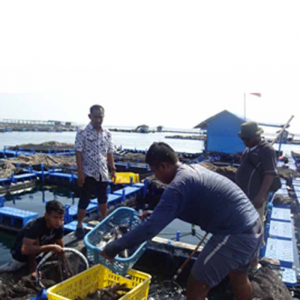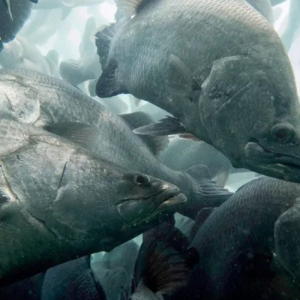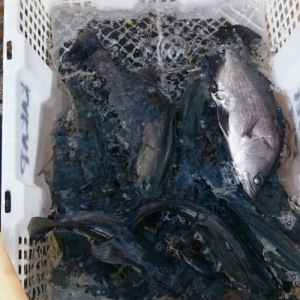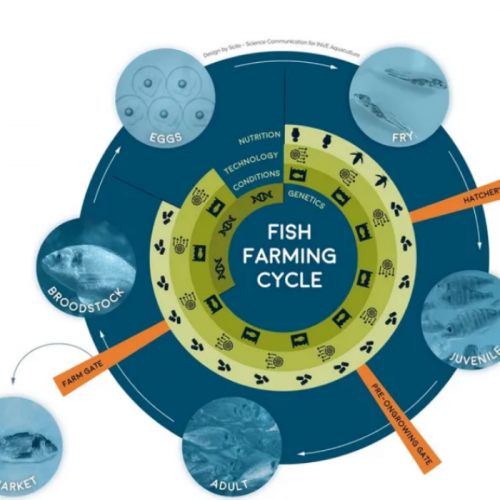
Why Hatchery Protocols Are Key To Ensure Fish Achieve Their Grow-Out Potential
| Mon, 29 Jul 2019 - 11:03
European seabass and gilthead seabream form the backbone of Mediterranean finfish aquaculture. While both species account for around 12 percent of the EU’s total aquaculture production they each represent 22 percent of the whole production value.
However, although the overall revenue of European seabass and sea bream aquaculture has been increasing in recent years, the growth in production of these species has stagnated, particularly in the Mediterranean. Both European seabass and gilthead seabream display a complex larval development which requires specialised rearing systems, fine-tuned protocols, premium feeds and highly skilled staff. Hatcheries for these species have now fine-tuned efficient culture protocols and are being encouraged to produce fry that perform well in grow-out farms. Favouring quality over quantity is unquestionably the most economic and environmentally sustainable approach for aquaculture producers willing to participate in the ongoing Blue Revolution.
Bottlenecks in the Med
European seabass and gilthead seabream show a complex lifecycle (Figure 1), which has been, and still is, a bottleneck to upscaling production. Broodstock selection plays a pivotal role in the production of offspring with optimal genetic traits. Larviculture protocols must guarantee that larvae are exposed to optimal conditions, in order to exploit their genetic potential to its full extent and give rise to premium fry and juveniles that are more resilient and that are able to rapidly attain commercial size during grow-out.
Parental investment is often determined by broodstock genetic quality, husbandry practices and nutrition, whereas larval quality and juvenile development are mostly determined by rearing technology, environmental settings and nutrition. All these factors are paramount in an interconnected manner to secure a premium performance during grow-out. Maximum fish farming performance can only be safeguarded if fry quality potential is totally expressed and acknowledged as the basic start to secure performances during grow-out. Fry must be perceived as finely tuned machines that are programmed to turn feed into biomass. The more accurate the match between feed quality and fry energetic demand, the better the capacity to fully explore their genetic potential to grow faster and to be more resilient.
Genetic potential, rearing technology and nutrition
Suboptimal rearing conditions and feeding experienced by fry and juveniles will ultimately promote suboptimal growth performances. Overall, the history of early life stages in fish can be carried over to later stages and its effects are only to be detected when the fish are already juveniles or young adults. Just as hatching or any other dramatic shift from one life stage to another are not new beginnings that “reset” embryonic or larval history, entrance at the farm gate will not retrospectively reset the conditions experienced during larval and juvenile stages. Indeed, even when placed under optimal conditions and fed premium feeds during grow-out, juvenile fish that have experienced suboptimal conditions earlier in their life cycle, particularly in the hatchery or during pre-ongrowing phases, are likely to fail to perform as expected.
Good genes are particularly important for species such as seabass and seabream, which have a relatively fragile larval life. However, good genes are not sufficient if fry face poor hatchery and pre-ongrowing practices. Hatcheries and pre-ongrowing units must rise to the challenge of producing and achieving consistently high standards so European seabass and gilthead seabream are able to excel from hatching to harvesting. The performance of the fish from hatchery to harvest must be viewed more holistically.
Setting new standards
If premium juvenile and adult performance are not possible because fish have been exposed to suboptimal conditions in the hatchery, can hatcheries screen for latent effects? This is far from an easy task. At the farm gate, producers often target features which may not be the best means to identify the fish that are likely to produce the ideal grow-out performance. For instance, one can refer to behavioural or morphological traits of juvenile fish, such as size or deformities, when grading specimens that will be used to stock a cage. These features are useful but not enough to truly identify the growth potential of fish. For instance, larger juveniles are often selected over smaller ones. However, if no information is available on fry performance at the hatchery, larger specimens may not be the ones displaying the best performances during grow-out. The conditions experienced in larval life often generate an energy burden that lies dormant until later stages of the fish life cycle and this must be identified and tackled at the hatchery.
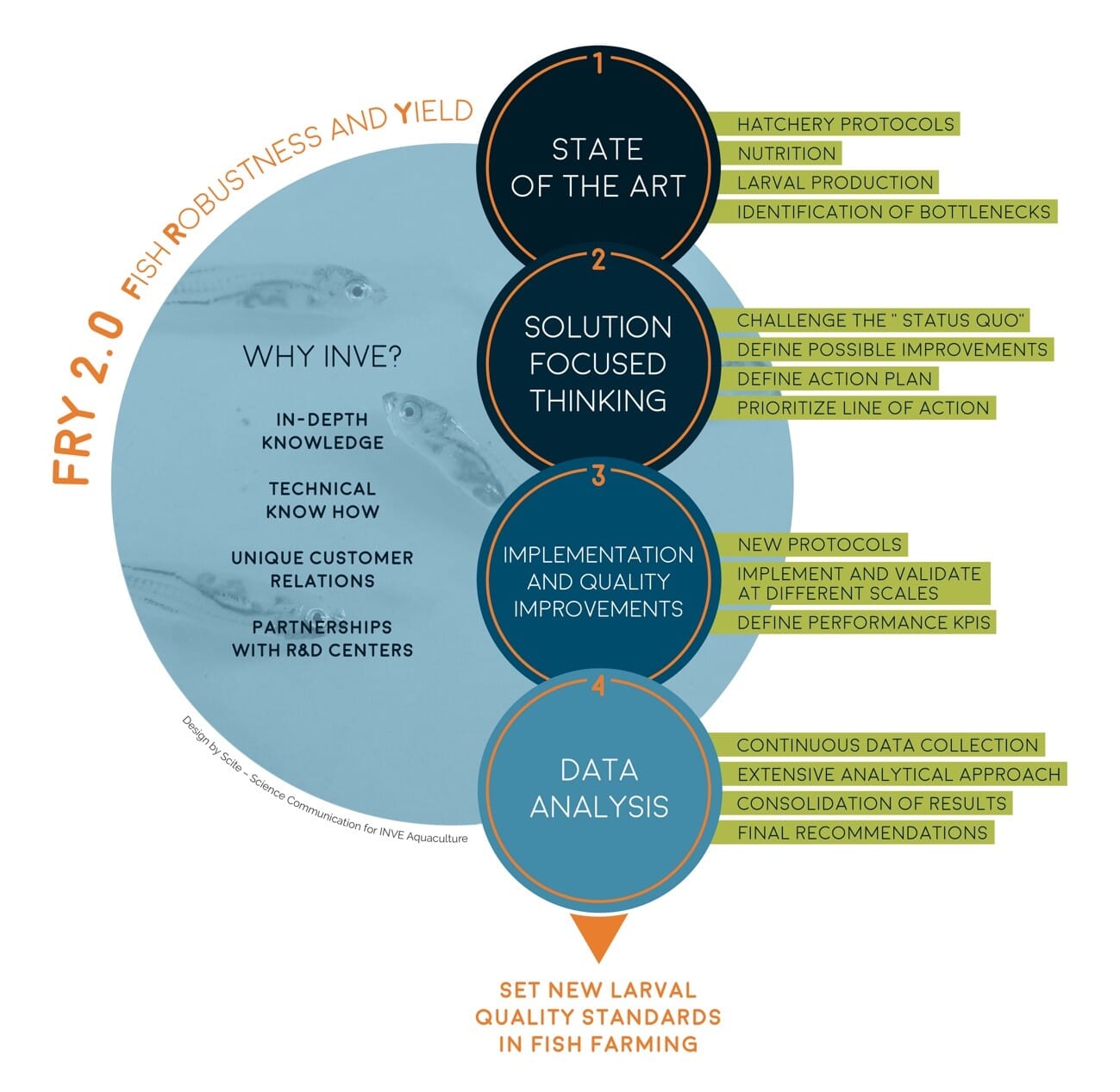
Outline of fish robustness and yield: INVE's FRY 2.0 project promoted aims to critically assess the current methods of fish farming today, develop tailor-made solutions driven by focused thinking and develop a holistic approach of the fish farming cycle
It is critical that detailed information on the life history of juvenile fish is available to producers. Project FRY 2.0 by INVE Aquaculture is based on generating sound scientific knowledge to further improve protocols and create solutions to the current bottlenecks in producing better-quality fry and fingerlings rather than solely focusing on increasing production quantities. Launched in 2015, the FRY 2.0 project is a voluntary collaborative agreement between producers and INVE, in which all participants agree to work together to achieve a common purpose (Figure 2). Synergy and knowledge are the powers behind this partnership, in which all parties will undertake specific tasks and share risks, responsibilities, resources, competencies and benefits. The main European fish farming players are already involved in the project – or at least have showed interest in joining FRY 2.0 – and acknowledge that this is a long-term customised project based on confidence, credibility and mutual benefits.
Source : The Fish Site













